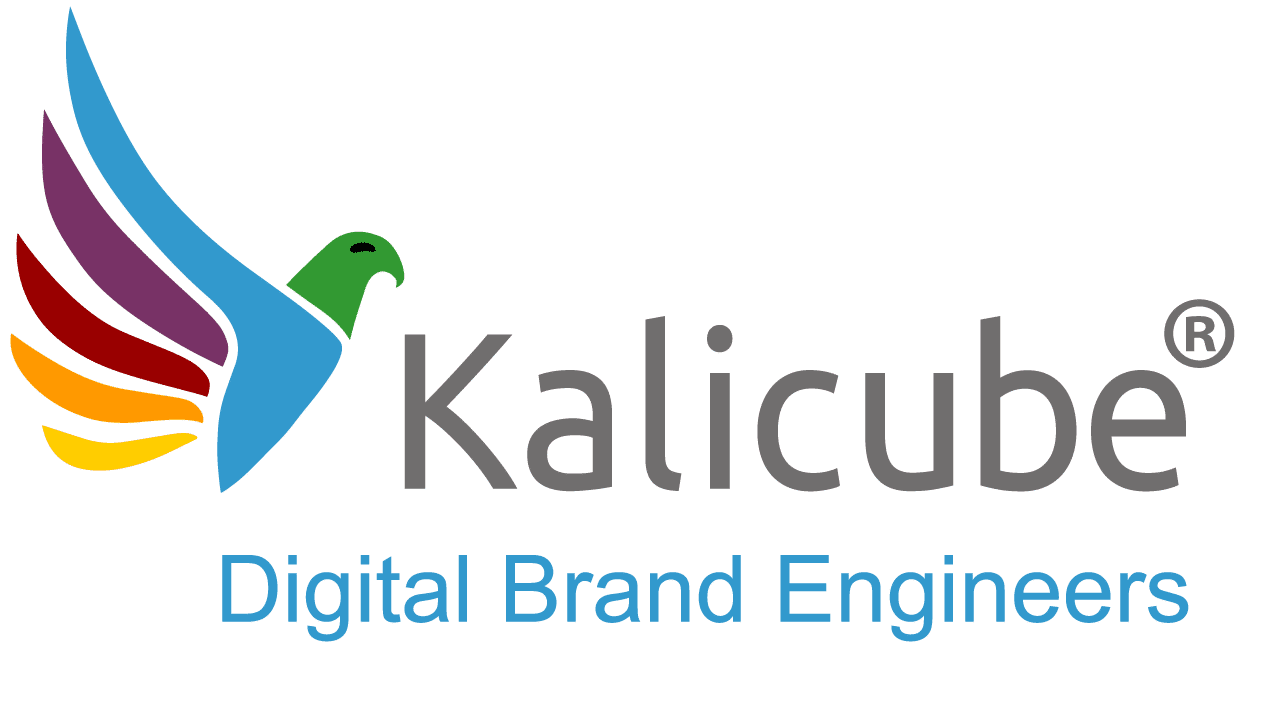The Trinity Engine
How a Fragmented Online Presence Sabotage Credibility and Cost Millions
TL;DR When Amelia Cross, a respected executive, discovered that her fragmented online presence was quietly sabotaging investor confidence, she traced $2.7M in stalled or lost deals back to the way...
How Reputation Engineering Overcomes Brand Hallucinations and Restores Digital Brand Control.
TL;DR: Daniel Whitmore, a successful entrepreneur, turned damaging AI-driven misinformation into a powerful business asset by applying The Kalicube Process™. Through structured Reputation Engineering, he rebuilt algorithmic trust, corrected false...
How to Resolve Personal Brand Ambiguity When Your Stage Name Is Also Your Business
TL;DR: Sofia Delgado had already built a successful career, but Google and AI didn’t know it. Under her stage name, she was invisible - Search Engines defaulted to her legal...
The Kalicube Process: The Future-Proof, Universal Solution to Digital Marketing in the AI Era
The Kalicube Process™ Developed by Jason Barnard Year Systematized 2015 Type Proprietary Digital Marketing Methodology Field Brand-first Strategy, AI Assistive Engine Optimization (AIEO) Core Philosophy Brand-focused algorithmic education Core Pillars...
How to Rebuild Your Digital Identity and Recover Lost Business After an Identity Change
TL;DR When Jordan Ellis, a respected business leader, transitioned and adopted a new professional identity, Google and AI Assistants still tied them to their former name. This caused over $1.9M...
How an Engineered New Brand Identity Drove $5.1M in Growth and Secured Algorithmic Control in Under a Year
TL;DR: When Isabella Grant, a respected entrepreneur, launched a new consultancy under a fresh identity, she ran into a visibility crisis: Google and AI Assistants didn’t recognize her new brand,...
How to Rebuild Your Reputation After a Damaging Family Legacy
TL;DR When Adrian Keller, a respected Entrepreneur, discovered that Google and AI Assistive Engines linked him to his family’s public controversies, he was quietly losing what he estimated was $2.1M...
How a Problematic Digital Past Costs Millions, and the System That Reclaims Your Future
TL;DR When Daniel Harper discovered that Google and AI Assistive Engines still tied him to a problematic past under his old name, he was quietly losing what he estimated was...
How to Eliminate Irrelevant AI Recommendations and Unlock $6.1M in New Business
TL;DR: When Alejandro Morales, a respected investor, discovered that his Digital Brand Echo, the cumulative ripple effect of his online presence, contained Brand Ambiguity, he estimated the misrepresentation was costing...
How to Rebuild Your Reputation After Outdated Controversy Damages Your Online Identity
TL;DR A decade-old, disproven news story was costing fintech investor Jordan Blake millions in lost deals by dominating his Google and AI results; by applying The Kalicube Process™, he successfully...
How a Sparse Knowledge Panel Cost a Strategic Advisor $1.1M in Missed Opportunities.
TL;DR: Priya Desai’s Knowledge Panel existed, but it was painfully sparse - just her name, job title, and a single outdated link. This lack of detail left AI Assistive Engines...
How a Supply Chain Strategist Secured His Knowledge Panel and Controlled His AI Narrative.
TL;DR: Jordan Ellis’s digital presence lacked a Knowledge Panel, leaving Google and AI Assistive Engines with incomplete and sometimes inaccurate information. As a result, high-value prospects were missing key context...
No pages found for this tag.
